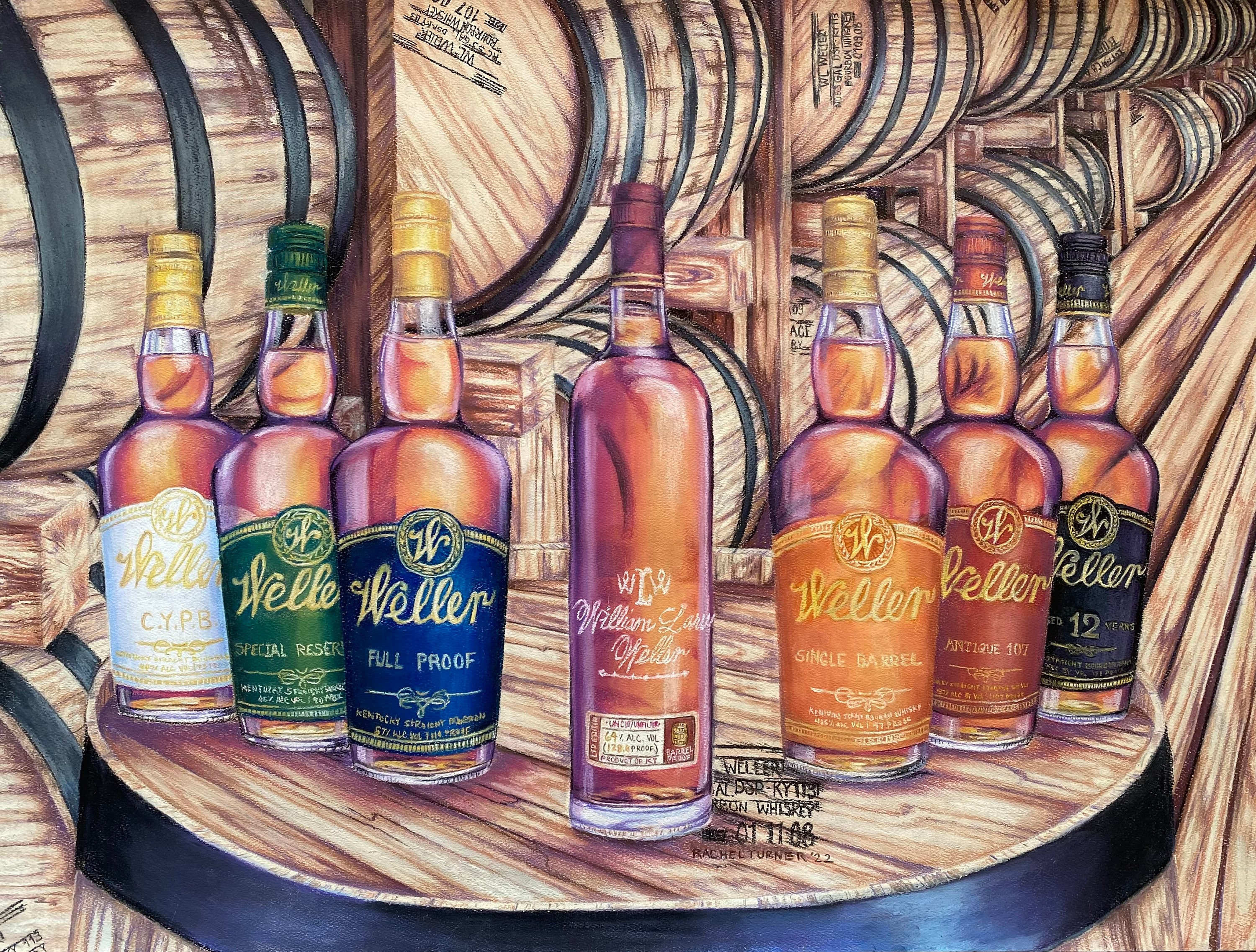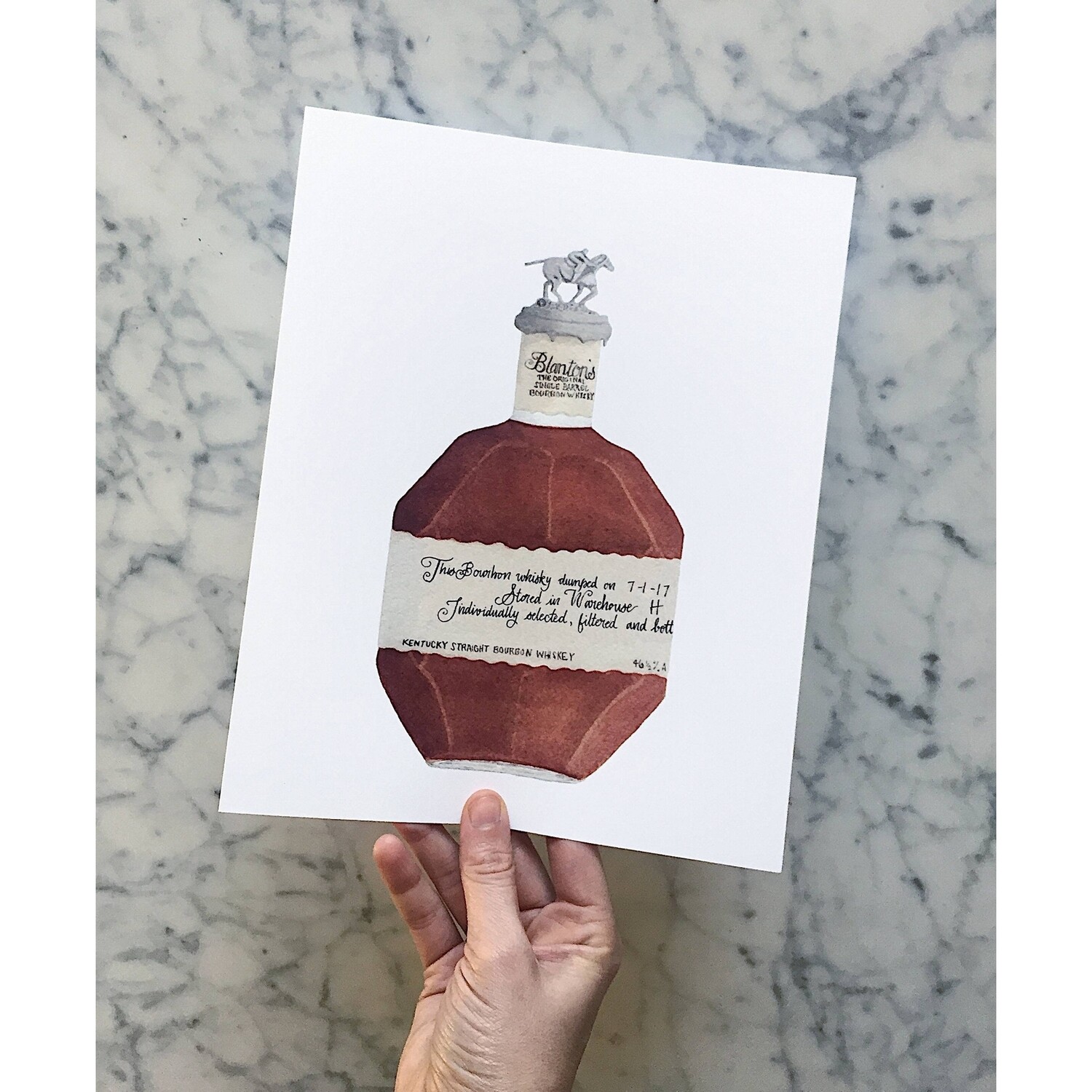Limited Edition Bourbon Art: Why Collectors Are Flocking to One-of-a-kind Finds
Limited Edition Bourbon Art: Why Collectors Are Flocking to One-of-a-kind Finds
Blog Article
The Value of Whiskey Art in Celebrating Heritage and Craftsmanship in the Beverage Sector
The elaborate partnership in between whiskey art and the celebration of heritage and workmanship within the beverage sector can not be overstated. Via thoughtfully made labels and containers, whiskey brand names encapsulate their historic roots and the artisanal skills that specify their production approaches.
The Historical Origins of Whiskey
At the heart of scotch's allure lies an abundant tapestry of historical roots that map back to ancient people. The beginnings of scotch can be connected to the distillation methods of the Sumerians and Babylonians around 2000 BCE, where very early forms of fermented grain beverages started to emerge. It was in the Middle Ages that the art of purification advanced considerably, especially in Ireland and Scotland, leading to the production of whiskey as we understand it today.
The term "scotch" itself originates from the Gaelic word "uisce beatha," meaning "water of life." This phrase highlights the social value of bourbon in Celtic societies, where it was frequently connected with routines, parties, and public bonding. By the 15th century, purification became a recognized craft within monastic neighborhoods, leading the way for the facility of lawful distilleries.
As profession courses increased, bourbon's appeal expanded, going beyond local borders and recording the passion of connoisseurs worldwide. Bourbon Art. This historical journey reflects not just the workmanship behind bourbon manufacturing yet additionally its indispensable duty in social and social contexts, noting it as a considerable drink throughout history
Artistic Expression in Branding
Scotch branding stands as a compelling intersection of artistry and commerce, where visual identification plays an essential role in forming customer assumption. The aesthetics of bourbon tags, product packaging, and advertising materials show not only the brand's tale yet additionally its core worths and heritage. Through creative expression, distilleries convey a story that reverberates with consumers, evoking feelings and triggering links.
Using color, typography, and images in branding serves to set apart products in a saturated market. For instance, traditional themes may stimulate a sense of authenticity and craftsmanship, while contemporary designs can symbolize development and forward-thinking. This critical creative instructions enhances brand acknowledgment and loyalty, enabling customers to forge a personal partnership with the whiskey they select.
Moreover, artistic expression in branding usually functions as an event of local heritage. Distilleries regularly incorporate regional icons or historical references right into their layouts, creating a sense of location that welcomes customers to partake in a wider social experience. Inevitably, the artistry behind whiskey branding not only improves aesthetic allure yet also enriches the general story of the brand name, cultivating a much deeper appreciation for the craftsmanship and heritage embedded in each bottle.
Craftsmanship in Bottle Style
The creativity obvious in bourbon branding expands past aesthetic identification to incorporate the workmanship associated with container layout. Each container acts as a vessel not simply for the spirit within, yet additionally for the tale it outlines its top quality, practice, and beginning. The style process requires meticulous attention to information, as components such as form, material, and closure contribute considerably to the overall assumption of the bourbon.
Workmanship in bottle design entails choosing top notch glass that can improve the whiskey's shade and clearness, while likewise providing a responsive experience for the consumer. The silhouette of the container need to be both visually appealing and useful, typically reflecting the heritage of the brand name. Lots of distilleries select one-of-a-kind shapes or printed logos that evoke a feeling of authenticity and history.
Moreover, the tag design and typography play a crucial function in communicating the brand name's narrative. Realism Art. A well-crafted bottle not just mesmerizes the customer's eye Web Site however additionally strengthens the brand name's commitment to top quality and custom. By doing this, the craftsmanship of container design comes to be a vital element of the whiskey experience, merging virtuosity with a profound regard for heritage
Social Importance of Bourbon Art
Celebrating custom and workmanship, the cultural relevance of bourbon art transcends simple visual appeals, linking with the social and historical stories of the areas from which it comes from. Each container works as a canvas, portraying the special tales, folklore, and customs that have actually formed local whiskey-making practices. The complex layouts often show the heritage of the distillers, including icons and motifs that resonate with the home culture and values of their neighborhoods.

Furthermore, whiskey art plays an important duty in communal celebrations and celebrations, functioning as a substantial link between individuals and their shared experiences. By appreciating the creativity in bourbon packaging, consumers grow a much deeper understanding and respect for the craft, eventually improving their enjoyment of the beverage itself.
Modern Trends in Scotch Discussion
In recent years, the presentation of scotch has actually evolved to show modern preferences and trends while still honoring standard workmanship - Bourbon Art. Distilleries are increasingly concentrating on visual components that boost the overall drinking experience, connecting the space in between heritage and modernity
Cutting-edge container designs have emerged, typically integrating lasting products and imaginative tags that inform engaging tales. Many brands now collaborate with local artists, infusing their products with distinct visual expressions that resonate with consumers. Additionally, limited-edition releases are frequently packaged in collectible containers, adding value and appeal for connoisseurs.

Conclusion
In verdict, bourbon art offers as a crucial channel for revealing the heritage and craftsmanship inherent in the drink sector. With complex branding, ingenious bottle designs, and culturally substantial imaginative aspects, whiskey brands properly recognize their customs and connect with customers.


Workmanship in bottle design entails choosing premium glass that can enhance the bourbon's color and clarity, while additionally supplying a tactile experience for the customer. In this method, the craftsmanship of container design comes to be a crucial aspect of the bourbon experience, merging artistry with a profound regard for heritage.
In conclusion, bourbon art serves as an essential channel for expressing the heritage and workmanship inherent in the drink industry.
Report this page